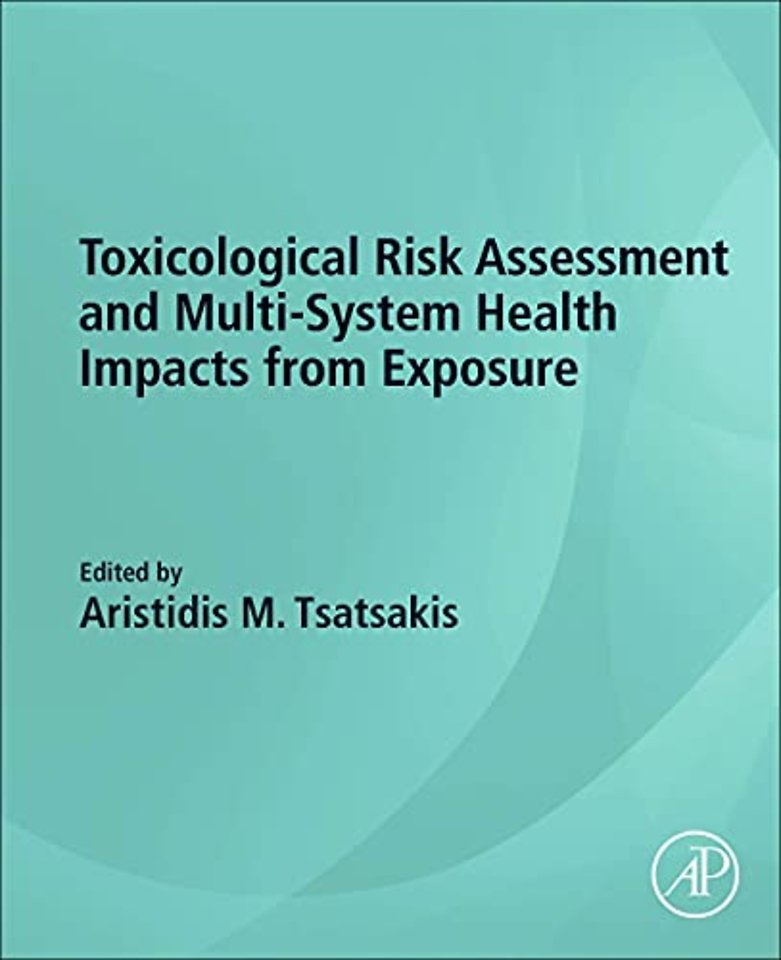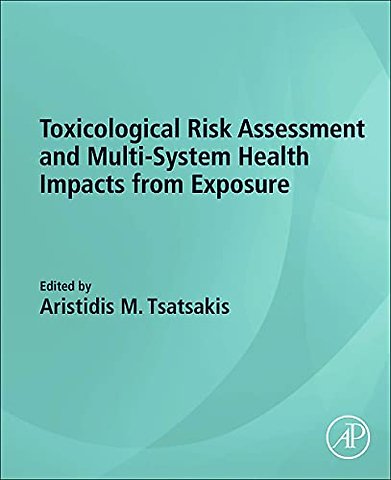Toxicological Risk Assessment and Multi-System Health Impacts from Exposure
Samenvatting
Toxicological Risk Assessment and Multisystem Health Impacts From Exposure highlights the emerging problems of human and environmental health attributable to cumulative and multiple sources of long-term exposure to environmental toxicants. The book describes the cellular, biological, immunological, endocrinologic, genetic, and epigenetic effects of long-term exposure. It examines how the combined exposure to nanomaterials, metals, pharmaceuticals, multifrequency radiation, dietary mycotoxins, and pesticides accelerates ecotoxicity in humans, animals, plants, and the larger environment. The book goes on to also offer insights into mixture risk assessments, protocols for evaluating the risks, and how this information can serve the regulatory agencies in setting safer exposure limits. The book is a go-to resource for scientists and professionals in the field tackling the current and emerging trends in modern toxicology and risk assessment.

